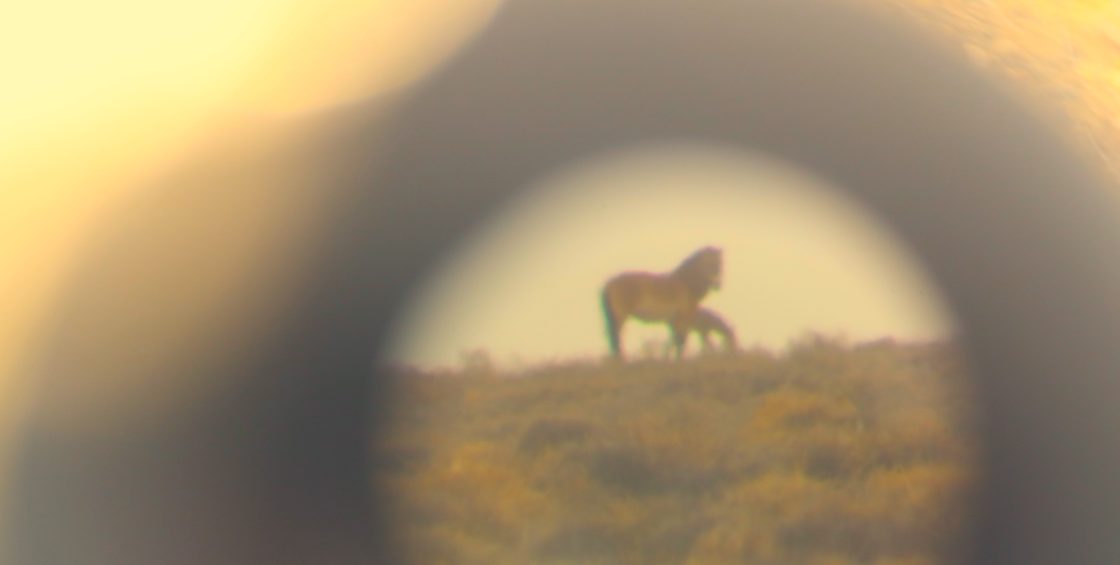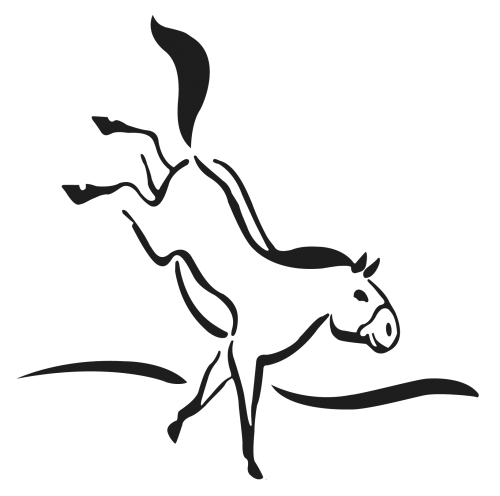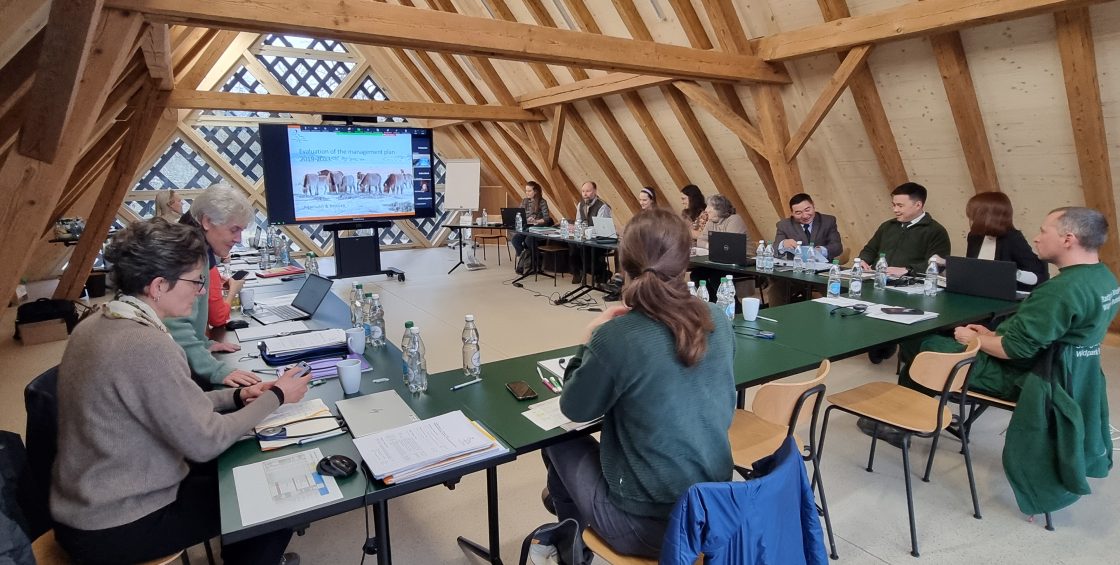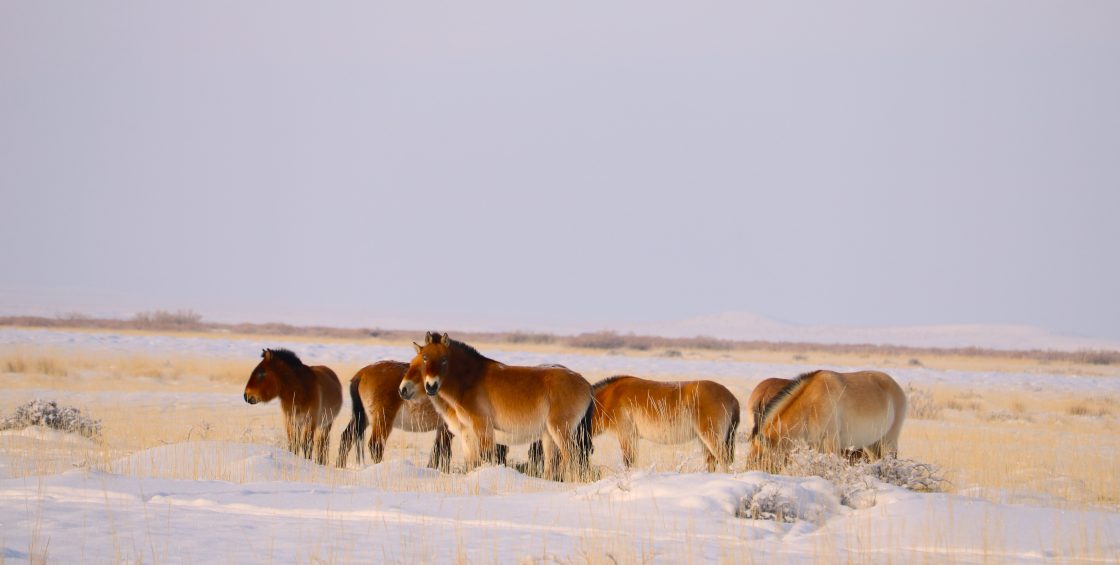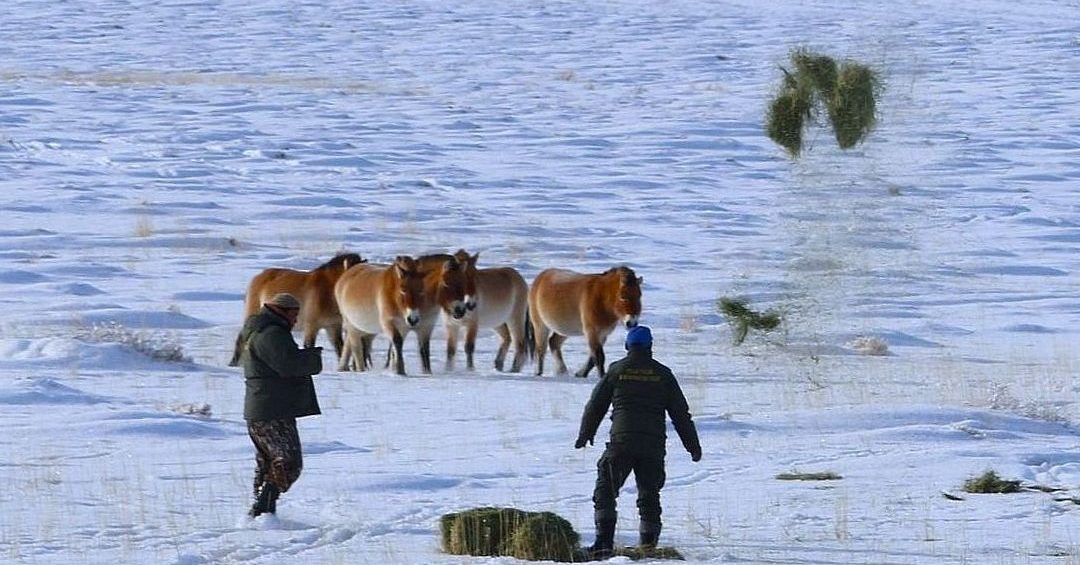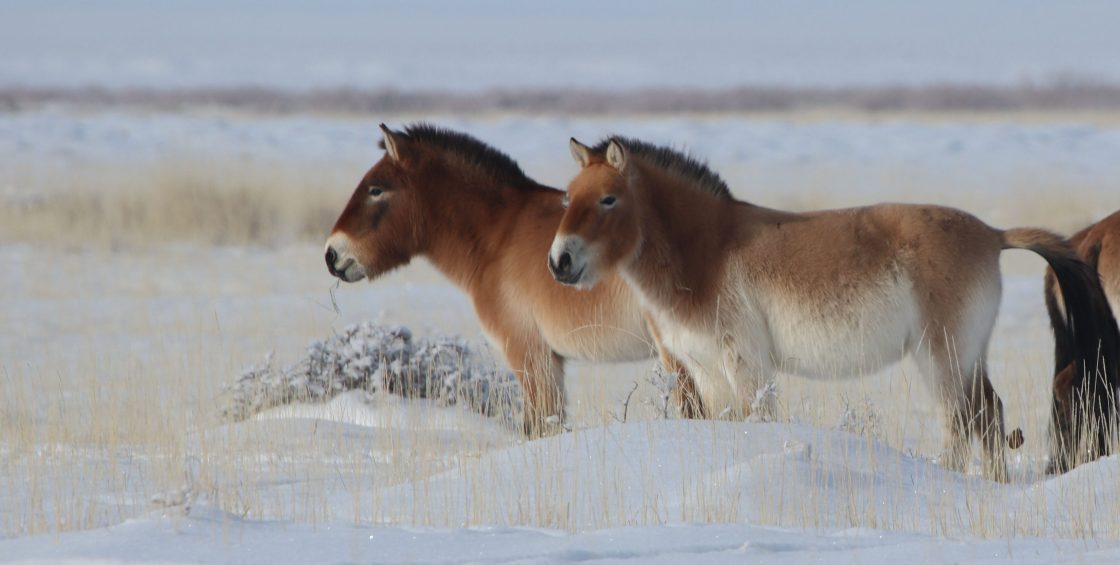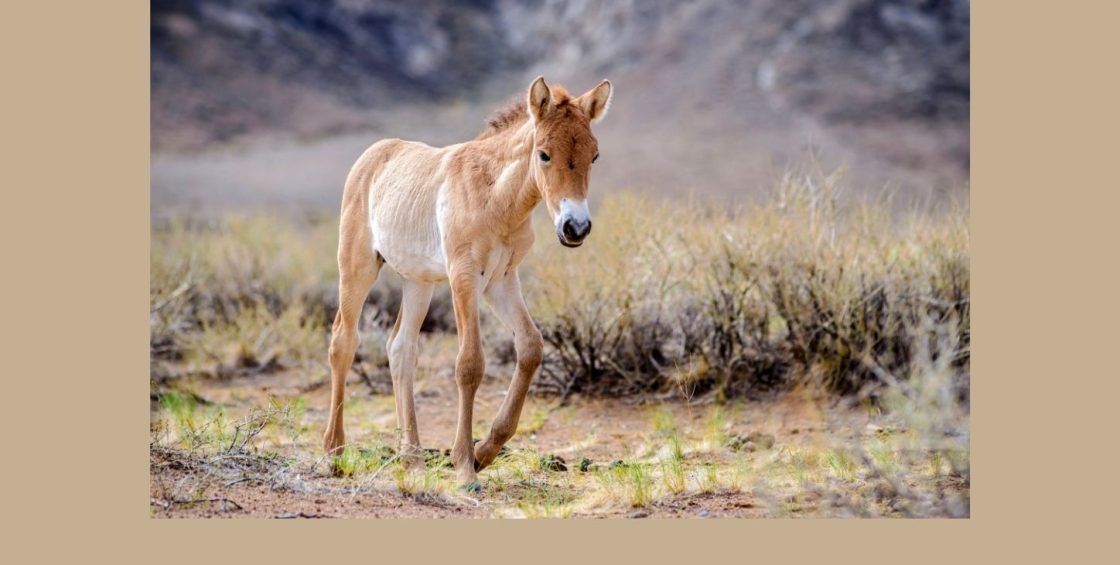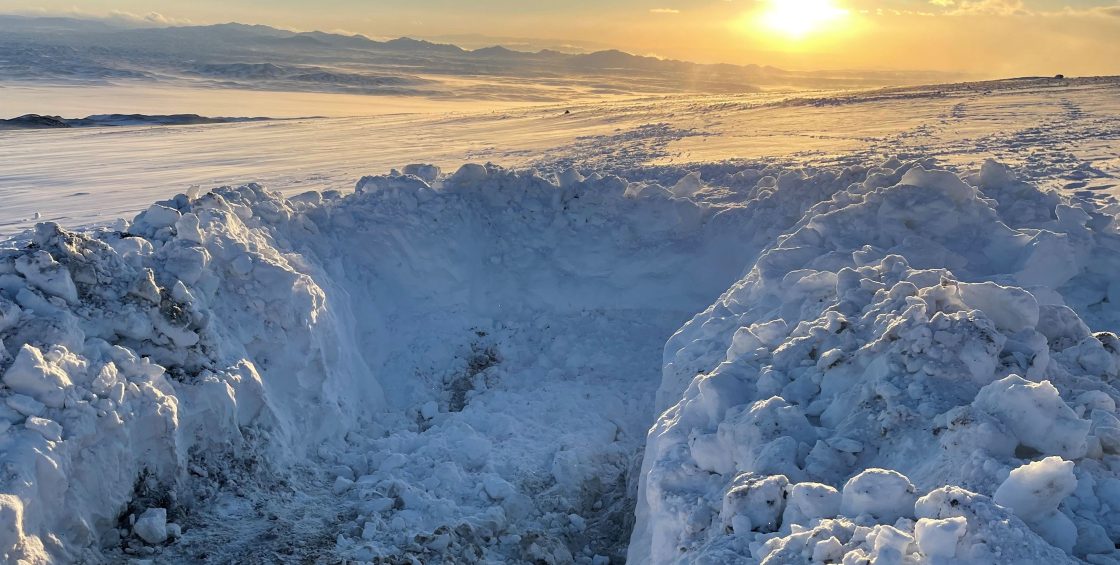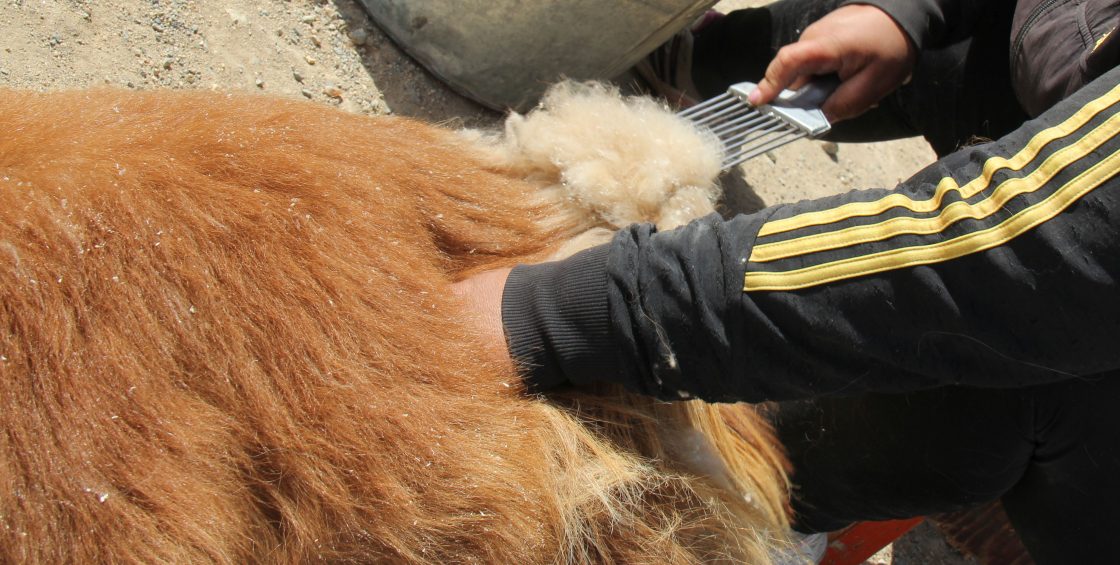24. November 2023
The ecosystem of the Great Gobi B is not only the habitat of specific and partly endangered fauna and flora. Nomads have also been using mainly two north-south routes through the protected area for centuries. As a biosphere reserve, the Great Gobi B aims to harmonise ecological conservation interests with the traditions of the local population.
In October 2022 the the local cooperative “Khowchiin Tsagaan Sort” was established to enable a direct sale of combed wool to fashion companies and yarn manufacturers. This should result in fair payment for the herders and on the same time through strict quality control reduce the herd size, thus decreasing the pressure on wildlife.
After one year, in October 2023, 45 herders met at the Khowchiin Tsagaan Sort meeting, where the project consultants gave a detailed introduction about cashmere and presented the very good results of laboratory analysis of the cashmere of the local cooperative.
To have enough capital it was agreed, that every member should give 1 kg of cashmere to the common fund. During the last year 100 kg of cashmere was sold to „Edelziege“ and 356 kg to Taliin aduu LLC
Edelziege brought hats and gloves back to the Gobi B which had been produced from the local cashmere. The herders were very impressed by the products and the two hats and one pair of gloves were given to different members by lottery.
